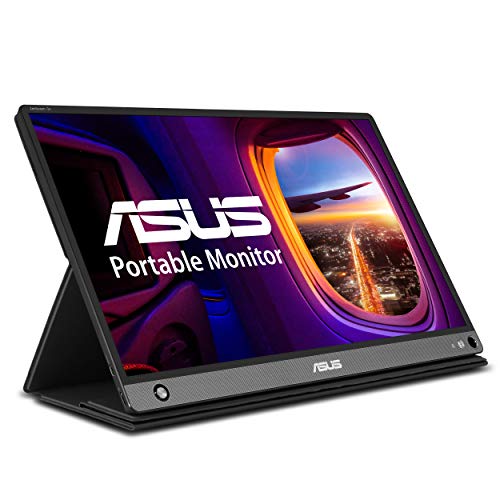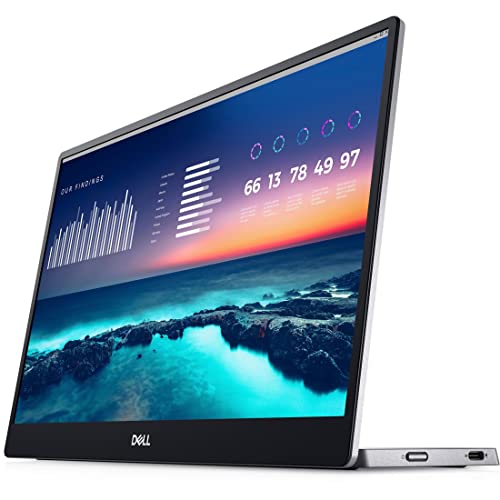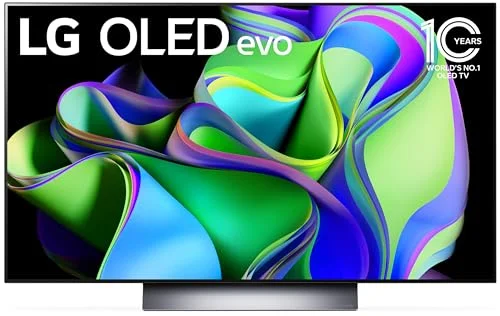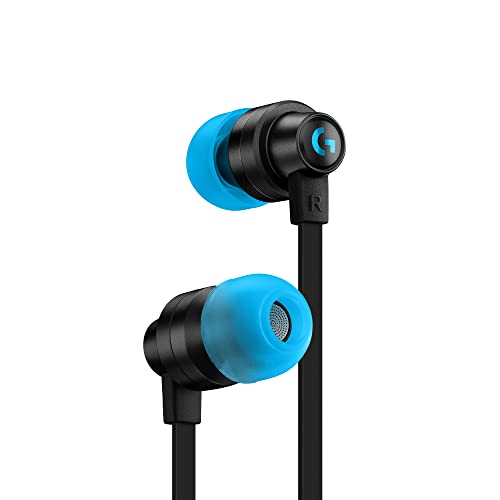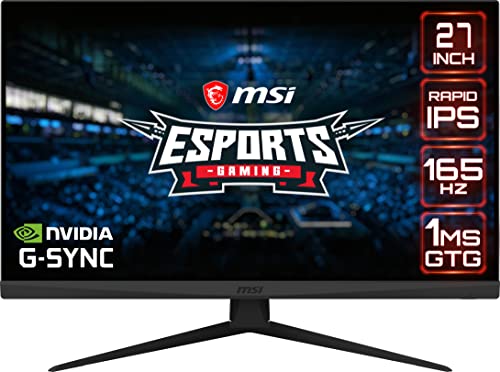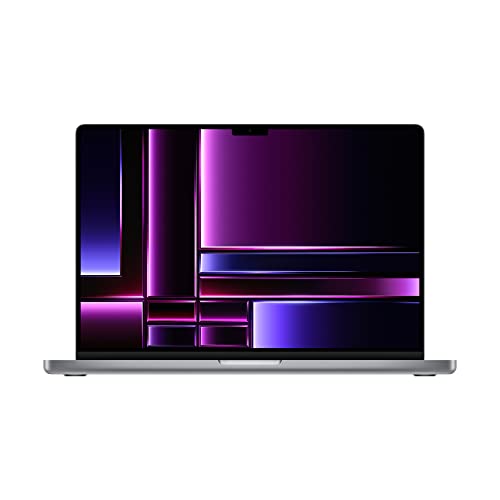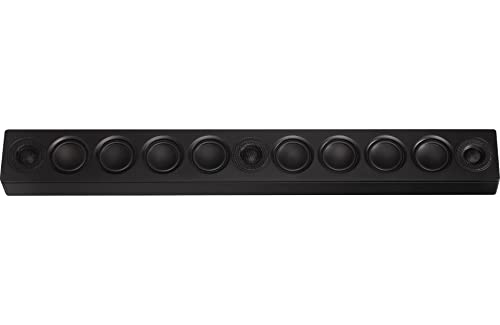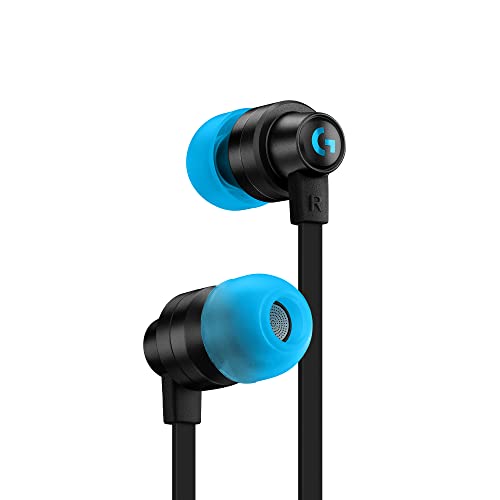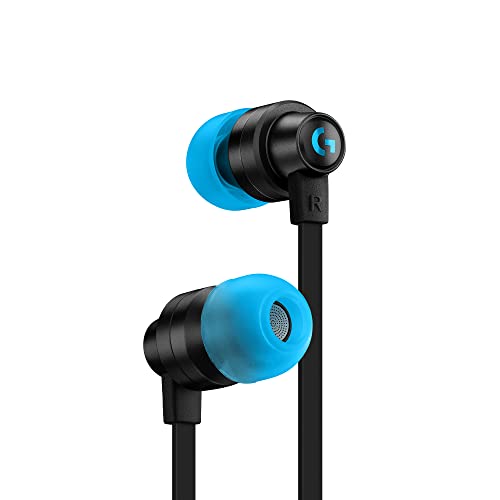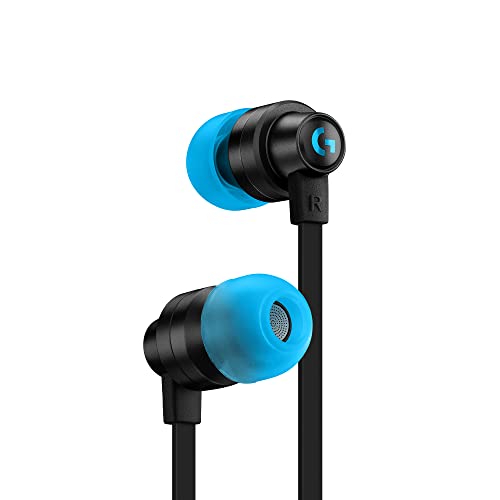Key Takeaways:
- Thunderbolt 3 uses the same port as USB-C but is a different connection type
- Thunderbolt 3 is becoming one of the most common connectivity options used in computing
- Thunderbolt 3 is more versatile than many modern connection types
Thunderbolt 3 is quickly becoming one of the most commonly used physical data streaming and display connections and port types on modern computers, along with DisplayPort. Its high data streaming speeds, reliability, versatility are all huge advantages both to media professionals who need high transfer speeds for large files and consumers who demand easy connectivity for high-definition gaming, movies, and other media.
Below, we’ll explain all you need to know about Thunderbolt-3, including how it compares to other cutting-edge connectivity options, how it differs from Thunderbolt 1 and 2, and all the important stats you need about it.
What is Thunderbolt 3?
Thunderbolt is the original brand name of the connection type developed by Intel in collaboration with Apple in 2011 as a next-generation high-speed data transfer technology, offering far higher transfer speeds and reliability than Firewire. Thunderbolt 1 and 2 supported transfer speeds of 20Gbps and was initially macOS-only.
Thunderbolt 3, introduced in 2015, is compatible with both macOS and Windows and is standard on newer Macs and increasingly common on PCs. It boasts a data transfer speed of 40Gbps and can use cable lengths of up to 100 feet, and uses the same connection type as the also-popular USB-C, but offers more speed and versatility.
But is it more popular than HDMI vs DVI for computer monitors? That’s the question on our minds.
Related Posts:
Additionally, Thunderbolt 3 can be daisy-chained, so that multiple devices can be connected to a Thunderbolt 3 hub, which can then be connected to a single Thunderbolt 3 port on supported devices without speed loss, adding greatly to its versatility.
Thunderbolt 3 and USB-C
One aspect of Thunderbolt 3 that can confuse some users is the fact that it uses the same connection type as USB-C. While this is true, they’re not the same in terms of speed and capability.
Among the main differences are while Thunderbolt 3 transfers data at 40Gbps, USB-C generally uses the USB 3.1 standard of only 10Gbps, and while all Thunderbolt 3 cables offer bus-powered functionality, not all USB-C cables do.
Furthermore, Thunderbolt 3 supports high-resolution monitors and displays, and its daisy-chain capabilities allow for the easy setup of digital media and entertainment systems without a mess of cables.
STAT:
Thunderbolt 3 transfers data at 40Gbps and is the fastest consumer connectivity option on the market
https://www.pocket-lint.com/laptops/news/139323-thunderbolt-3-explained-the-one-port-to-rule-them-all
Thunderbolt 3 uses the same port type as USB-C
*https://www.youtube.com/watch?v=1DLTR67Yehk&ab_channel=Thunderbolt
Thunderbolt 3 can transfer a standard-length 4k movie in less than 30 seconds
https://www.pocket-lint.com/laptops/news/139323-thunderbolt-3-explained-the-one-port-to-rule-them-all#:~:text=Thunderbolt%203%20allows%20for%20connection,signal%20at%20the%20same%20time.
Sources:
*https://www.youtube.com/watch?v=1DLTR67Yehk&ab_channel=Thunderbolt
https://www.pcmag.com/news/thunderbolt-3-vs-usb-c-whats-the-difference
https://www.pocket-lint.com/laptops/news/139323-thunderbolt-3-explained-the-one-port-to-rule-them-all
https://thunderbolttechnology.net/tech/faq
https://support.apple.com/en-us/HT207443






























![Best 27 Inch Computer Monitor in [year] 27 Best 27 Inch Computer Monitor in 2025](https://www.gadgetreview.dev/wp-content/uploads/how-to-buy-the-best-computer-monitor.jpg)
![Best BenQ Monitors in [year] 28 Best BenQ Monitors in 2025](https://www.gadgetreview.dev/wp-content/uploads/best-benq-monitor-image.jpg)
![Best ASUS Monitors in [year] 29 Best ASUS Monitors in 2025](https://www.gadgetreview.dev/wp-content/uploads/best-asus-monitor-image.jpg)
![Best Dell Monitors in [year] 30 Best Dell Monitors in 2025](https://www.gadgetreview.dev/wp-content/uploads/best-dell-monitor-image.jpg)
![Best HP Monitors in [year] 31 Best HP Monitors in 2025](https://www.gadgetreview.dev/wp-content/uploads/best-hp-monitor-image.jpg)
![Best Lenovo Monitors in [year] 32 Best Lenovo Monitors in 2025](https://www.gadgetreview.dev/wp-content/uploads/best-lenovo-monitor-image.jpg)
![Best ViewSonic Monitors in [year] 33 Best ViewSonic Monitors in 2025](https://www.gadgetreview.dev/wp-content/uploads/best-viewsonic-monitor-image.jpg)
![Best Gigabyte Monitors in [year] 34 Best Gigabyte Monitors in 2025](https://www.gadgetreview.dev/wp-content/uploads/best-gigabyte-monitor-image.jpg)
![Best Monitors for PS4 Pro Gaming in [year] 35 Best Monitors for PS4 Pro Gaming in 2025](https://www.gadgetreview.dev/wp-content/uploads/best-monitors-for-ps4-pro-image.jpg)
![Best Monitor for Xbox Series X in [year] 36 Best Monitor for Xbox Series X in 2025](https://www.gadgetreview.dev/wp-content/uploads/best-monitor-for-xbox-series-x-image.jpg)
![Best Acer Monitors in [year] 37 Best Acer Monitors in 2025](https://www.gadgetreview.dev/wp-content/uploads/best-acer-monitor-image.jpg)
![Best MSI Monitors in [year] 38 Best MSI Monitors in 2025](https://www.gadgetreview.dev/wp-content/uploads/best-msi-monitor-image.jpg)
![Best SAMSUNG Monitors in [year] 39 Best SAMSUNG Monitors in 2025](https://www.gadgetreview.dev/wp-content/uploads/best-samsung-monitor-image.jpg)
![Best LG Monitors in [year] 40 Best LG Monitors in 2025](https://www.gadgetreview.dev/wp-content/uploads/best-lg-monitor-image.jpg)
![Best AOC Monitors in [year] 41 Best AOC Monitors in 2025](https://www.gadgetreview.dev/wp-content/uploads/best-aoc-monitor-image.jpg)
![Best Philips Monitors in [year] 42 Best Philips Monitors in 2025](https://www.gadgetreview.dev/wp-content/uploads/best-philips-monitors-image.jpg)
![Best Monitors For PUBG in [year] 43 Best Monitors For PUBG in 2025](https://www.gadgetreview.dev/wp-content/uploads/best-monitor-for-pubg-image.jpg)
![Best Stream Decks in [year] 44 Best Stream Decks in 2025](https://www.gadgetreview.dev/wp-content/uploads/best-stream-deck-image.jpg)
![Best Monitors for Streaming in [year] 45 Best Monitors for Streaming in 2025](https://www.gadgetreview.dev/wp-content/uploads/best-monitor-for-streaming-image.jpg)
![Best Monitors For Flight Simulator in [year] 46 Best Monitors For Flight Simulator in 2025](https://www.gadgetreview.dev/wp-content/uploads/best-monitor-for-flight-simulator-image.jpg)

